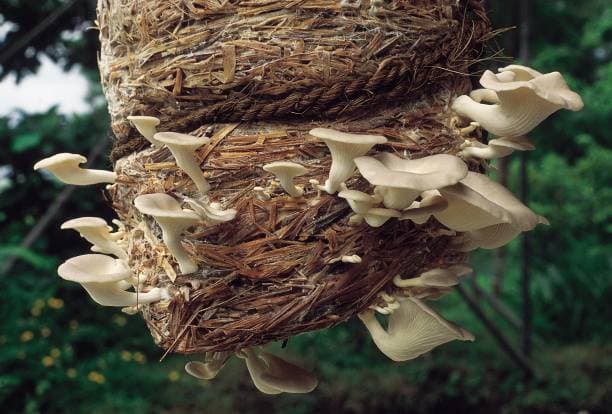
Complete Guide to Mushroom Cultivation

Priya Sharma
Agricultural Expert at PRABHA Agritech
Why Mushroom Cultivation?
Mushroom farming has emerged as one of the most profitable and sustainable agricultural ventures. With minimal space requirements and high yields, it's an excellent option for both small-scale and commercial farmers.
Understanding Mushroom Types
Different mushroom varieties require different growing conditions. Button mushrooms, oyster mushrooms, and shiitake are among the most popular choices for commercial cultivation. Each has its unique substrate requirements and environmental needs.
Substrate Preparation
The substrate is the foundation of successful mushroom cultivation. Common materials include wheat straw, paddy straw, and sawdust. Proper sterilization and pasteurization are crucial to eliminate competing organisms and create an ideal environment for mushroom growth.
Spawning and Colonization
After substrate preparation, quality spawn is introduced. The colonization phase typically takes 2-3 weeks, during which the mycelium spreads throughout the substrate. Maintaining proper temperature and humidity is essential during this stage.
Environmental Control
Temperature, humidity, light, and fresh air exchange must be carefully managed throughout the cultivation process. Most mushrooms prefer temperatures between 15-25°C and humidity levels of 80-90%.
Harvesting and Post-Harvest Care
Mushrooms are typically ready for harvest within 3-4 weeks after spawning. Proper harvesting techniques and immediate cooling are essential to maintain quality and extend shelf life.
PRABHA Shroom offers comprehensive training programs and ongoing support to help you succeed in mushroom cultivation. Contact us to learn more about our R&D programs and quality spawn production.
Tags
Share this article
Ready to Transform Your Farm?
Connect with PRABHA Agritech experts and discover innovative solutions for your agricultural needs.